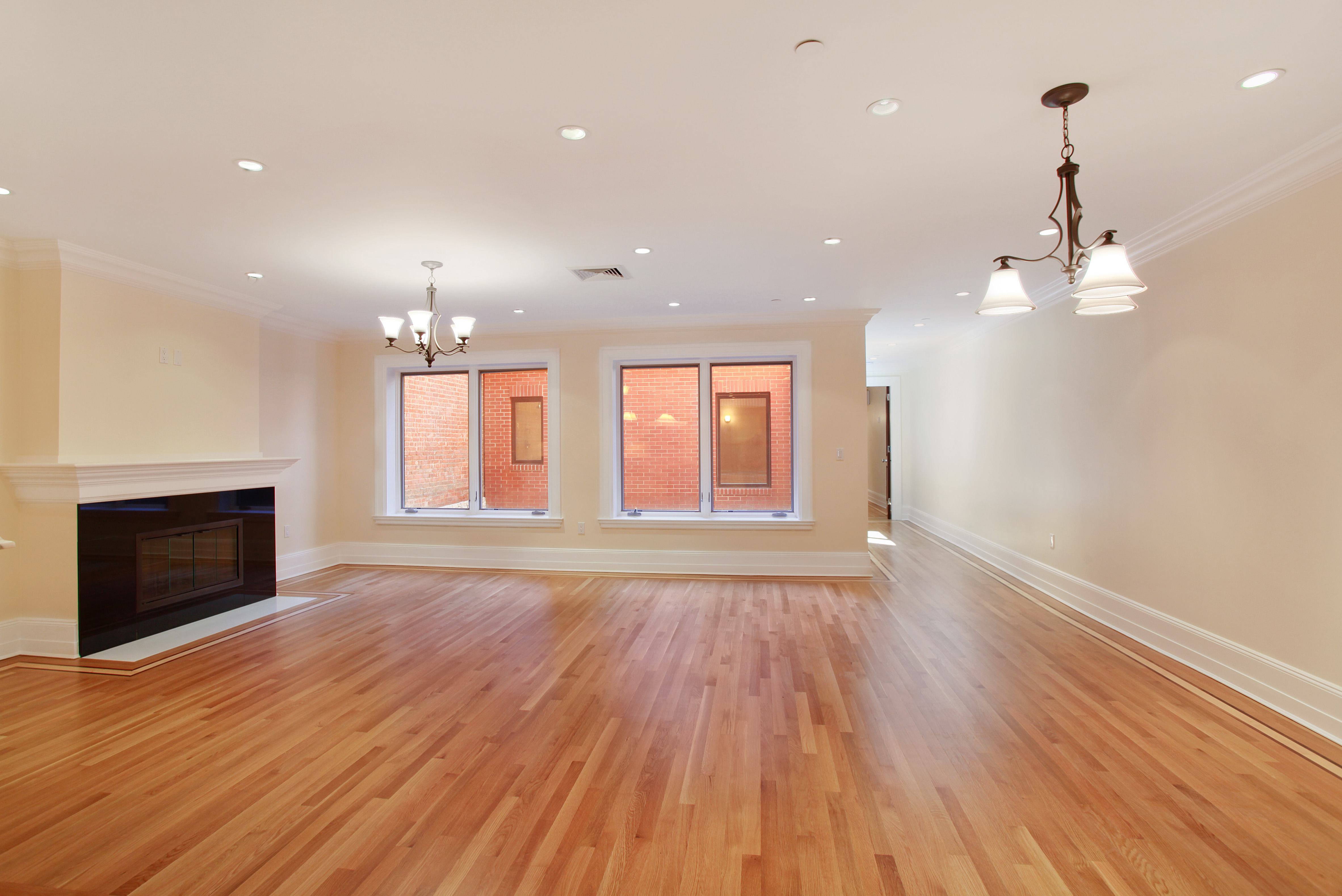Have you ever stopped to consider that most rooms remain vacant most of the time? Think about the rooms that are sitting vacant right now in your own home. How often is that living room utilized? Or the spare bedroom just in case you have a guest? Or that basement that has become storage space?
And most buildings are vacant or mostly vacant most of the time. Chapels are generally vacant 6.5 days a week. Schools are vacant in the evenings and summers and holidays. Downtown office buildings create a ghost town in the evenings and weekends. And performance halls are generally vacant except for the weekend evenings.
If rooms and buildings could be utilized for multiple purposes, rather than a single use, there would be significant economical and ecological benefits. Transforming spaces are, in my opinion, the next frontier of designing intentional communities.
Automotive Example of Shared Economy
The automotive industry is beginning to embrace the shared economy with services like Uber, Lyft, and ZipCar. While most cars can seat multiple passengers, the majority of car trips in wealthy nations are completed without passengers. Society pays a high price for this inefficient system of transport in the form of pollution, congestion, and other societal costs.Access to carsharing significantly reduces the number of cars required in a city and incentivizes carsharers to limit their driving. A recent study of carsharing in North America found that each carsharing vehicle takes 9 to 13 cars off the road. (1)
Community
What might be the benefit of incorporating similar shared economy principles into our built environment? We are seeing downtowns move away from a focus on office buildings and towards incorporating retail, condos, apartments, and entertainment. And people are voting very positively with their feet every time there is a renewed focus on walkable neighborhoods that incorporate live, work, play.
What about taking this shared economy further. What is stopping a chapel from being used for worship services on Sunday, a school room during the weekdays, and affordable housing in the evening? Or how about classrooms turning into community centers or gymnasiums and housing facilities after class?
Obviously, there will be some transformation required to make a transition from one use to another. But the time and cost for this transformation is certainly less than building a new building. Or even having to build 2 or 3 buildings to capture someone’s daily activities. And there are several technology solutions that are making it simple and elegant to transform space from one use to another.
Homes
What if that living room, home gym, and extra bedroom that remain vacant most of the time can be combined into one space? And what if the kitchen study, and dining room can be combined? There are several ways that we can more efficiently live, work, and play within the same footprint and avoid the myriad single-use spaces we have historically used.
Ecological savings
Transforming spaces can have a huge ecological impact on our communities. In my opinion, if this were embraced, a built community would require 1/2 to 1/3 the space that it requires today. This gives tremendous room for additional parks and gardens, walking ways, and more pleasant experiences. This will also reduce the city sprawl into the suburbs and will lead to less traffic and congestion and pollution.
Economical savings
Transforming spaces can also have a huge economical impact for everyone. Consider that you are either directly (or indirectly through taxes and membership dues or employment wages) paying for the use of multiple spaces throughout the day. And most likely this same space lies dormant for the balance of the time. What if you could reduce the space you pay for to 1/2 to 1/3 of the space? That would be a significant savings and free up money to be used on more intentional and enjoyable things.
Technology solutions are showing up in the larger and more expensive cities such as Tokyo and Singapore and London. This includes becoming comfortable with shared spaces and open layouts, moving walls, beds that come down from ceilings, and transforming furniture. It is only a matter of time before empty rooms will be replaced by transforming rooms or multi-use rooms for 24/7 live, work, and play.

